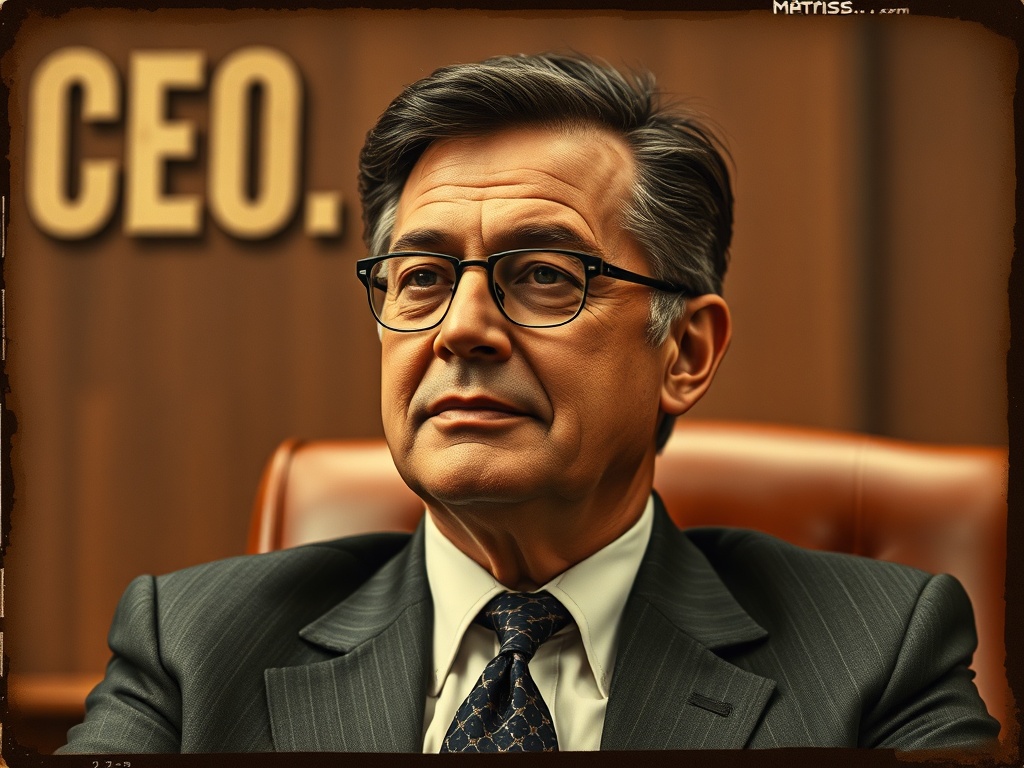The role of the CEO has shifted from chief decision-maker to chief orchestrator. Leaders have to balance short-term performance with long-term resilience, motivating teams while steering through rapid technological, regulatory, and social shifts.
The most effective CEOs focus on a few strategic priorities that build durable organizations without losing agility.
1. Clarify and communicate a focused strategy
A clear, simple strategy aligns the organization. Top CEOs distill complex plans into a few measurable priorities that every team can act on. They tie strategy to customer outcomes and financial metrics, and they repeat that message frequently so it becomes part of the company’s operating rhythm.
2. Build a culture of accountability and psychological safety
Performance depends on people.
CEOs set the tone: high expectations paired with an environment where employees feel safe to raise concerns and experiment. Psychological safety accelerates learning and innovation, while transparent accountability ensures execution. Regular feedback loops, visible leadership behaviors, and recognition systems help sustain this balance.
3. Invest in digital fluency and data-driven decisions
Digital transformation is no longer optional. Effective CEOs prioritize data literacy at all levels, ensuring leaders use reliable metrics to guide trade-offs. They invest in scalable tech platforms and empower cross-functional teams to act on insights quickly, reducing bottlenecks and enabling faster product-market fit.
4.
Prioritize talent strategy and succession planning
Turnover at the top is costly. CEOs who plan for talent continuity treat succession as strategic, not reactive. They develop internal pipelines, offer stretch assignments, and create mentorship programs that prepare the next layer of leaders.
Retention strategies should focus on meaningful work, growth opportunities, and fair compensation.

5.
Strengthen stakeholder trust and governance
Business success depends on trust from customers, employees, investors, and regulators.
CEOs who communicate transparently, report consistently, and engage stakeholders proactively build reputational capital. Robust governance structures and ethical decision-making minimize risks and support sustainable growth.
6. Lead with adaptability and decisive simplicity
Complex problems require decisive simplicity. CEOs who simplify choices—prioritizing what to stop doing as much as what to start—reduce organizational friction. They run experiments, evaluate outcomes quickly, and scale what works. Adaptability also means contingency planning: scenario thinking, stress-testing business models, and maintaining liquidity options.
7. Embrace sustainability and social responsibility
Sustainable practices are increasingly core to strategy rather than peripheral obligations.
CEOs who integrate environmental, social, and governance considerations into product design, operations, and investor communications uncover new market opportunities and reduce long-term risk.
8. Communicate authentically and frequently
High-quality communication reduces rumor and aligns effort. CEOs should model openness: explain trade-offs, admit what they don’t know, and celebrate milestones. Regular town halls, clear investor updates, and consistent messaging across channels keep everyone synchronized.
Practical first steps for CEOs
– Set three top priorities for the next fiscal cycle and publish measurable KPIs.
– Run a skills gap audit and launch two development programs tied to those priorities.
– Implement one cross-functional rapid-test process to validate customer assumptions faster.
– Schedule quarterly scenario reviews with leadership to stress-test strategy and liquidity.
A CEO’s effectiveness is not measured solely by immediate financial returns but by the organization’s capacity to learn, adapt, and sustain performance through change. Leaders who combine clarity of purpose with operational rigor and human-centered leadership create companies that thrive, regardless of market turbulence.